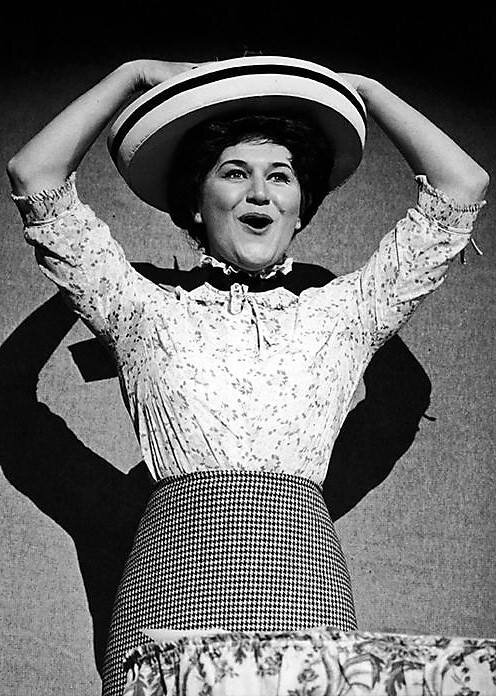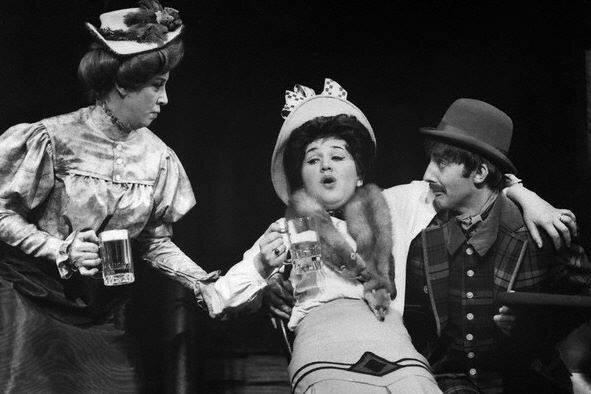Remembering Darling of the Day
Darling of the Day was a 1968 musical that held many high expectations, with music by the great Jule Styne, lyrics by the always witty and wonderful E. Y. Harburg, and a book by filmmaker Nunnally Johnson. The show would star two great personalities, Patricia Routledge (who would go on to television fame playing Hyacinth Bucket in the BBC sitcom Keeping Up Appearances), and classic horror film star Vincent Price (who had starred in such flicks as House of Wax and House on Haunted Hill). With several important pieces in place, it seemed that the ingredients were there for a Broadway hit. Yet, Darling of the Day didn’t enjoy the run that was hoped for and that many felt it deserved.
Set in 1905 London and based on the novel Buried Alive by Arthur Bennett, Darling of the Day told the story Priam Farll, an artist who offended Queen Victoria, who had then been exiled, but is now returning to London to be knighted when Edward VII takes the throne. Once there, Farll becomes the “darling of the day,” a Victorian/Edwardian term for a celebrity. Farll hates all the attention, and when his butler Henry Leeks suddenly dies and officials mix-up the butler for the artist, Priam lets the world think he is dead ad assumes Henry’s identity. Freed from the attentions and trappings of his old life, Farll is free to pursue a new life (or at least Henry Leek’s life). He soon ends up married to Alice Challice, a wealthy widow with whom Henry had been having an epistolary relationship. Farll begins painting again, a move that threatens to reveal his true identity. Just as his new life is about to be exposed in court and tensions are getting high, a plot twist saves Farll when a judge rules he must remain Leek in order to maintain the fragile social structure of Great Britain.
Critics didn’t quite know what to make of Darling of the Day, and many were split down the middle on it. Some thought it Styne’s and Harburg’s best work, while others felt the score was completely dismissible save one Act II showstopper, the riotously funny “Not On Your Nellie” delivered with comedic aplomb by Patricia Routledge as Alice Challice. Critics and audiences alike adored her. Routledge, would, in fact, win the Tony Award for Best Actress in a Musical (in a lean season, but deservedly so just the same). The bigger issue appeared to be the casting of Vincent Price at Priam Farll. Critics seemed to agree that the veteran actor had been miscast in Darling of the Day, that, despite an agreeable singing voice and a well-recognized personality, he never quite captured the ever-changing personality of the character.
It might be unfair to place so much blame on Price’s shoulders. Darling of the Day has its share of problems during its gestation, including three directors and five librettists trying to make the show work. By the time it arrived on Broadway, opening on January 27, 1968, Nunnally Johnson wanted his name taken out of the credits, feeling that the show he had written was no longer there. Lee Theodore choreographed and the show was staged by Noel Willman, though critics also pointed out that the show needed a much stronger, more experienced director for the show to work. In the end, Darling of the Day folded after a mere 31 performances. Styne and Harburg both regarded the show as the best work of their career.








